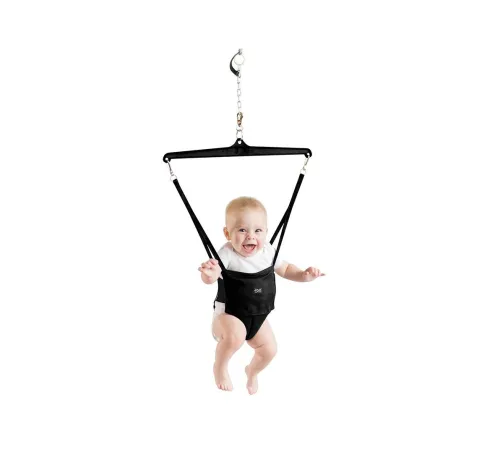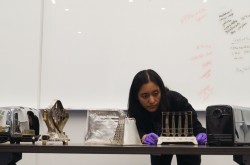Jolly Jumper
This article was originally written and submitted as part of a Canada 150 Project, the Innovation Storybook, to crowdsource stories of Canadian innovation with partners across Canada. The content has since been migrated to Ingenium’s Channel, a digital hub featuring curated content related to science, technology and innovation.
The back saver.
Life is hard enough with two arms. When one of them must hold a squirming youngster, it can be downright impossible. After her first child was born in 1910, Toronto mother Susan Olivia Poole was keen to stay active. Inspired by the papooses used by Aboriginal mothers to carry their children, she fashioned a harness of er own. It was a cotton diaper fashioned as a sling seat, a coiled spring to suspend its wearer from above, and an axe handle to secure the contraption. Susan called her combination a Jolly Jumper. As she worked in home and garden, her son bounced playfully and safely nearby in his new jumper, toes just off the ground. Susan had six more children and made Jolly Jumpers for each. When her children had children of their own, Grandma Susan made even more. In 1948, she began to build and sell them, eventually patenting her jumpers and selling them farther afield. Today, Susan’s jolly little harnesses are no longer made out of diapers, springs, and axe handles, but they are all hard at work freeing the arms and saving the backs of countless grateful parents around the world.














